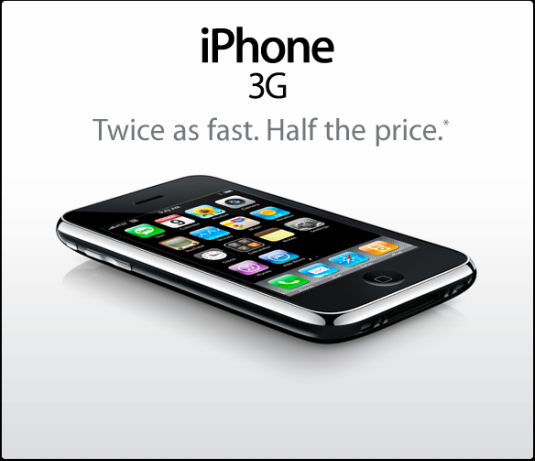While we’ve already discussed Apple’s NDA and the muzzle its put on App Store developers when applications get rejected, its reach apparently extends to another area as well: books. Silicon Alley Insider reported Thursday that at least one publisher–Pragmatic Programmers — has canceled its plans to publish a book on developing apps for the device because of NDA restrictions.
News of the cancellation came by way of the publisher’s official blog. While the publisher thought the NDA would have been lifted following the launch of iPhone 2.0, it never was. “It now appears that Apple does not intend to lift the NDA any time soon. Regrettably, this means we are pulling our iPhone book out of production,” it said.
This is not an isolated issue. Take a look at some Amazon search results, which show Apple’s code of silence is also holding up other books as well. All appear to be on pre-order at the moment. There is at least one that explicitly says the release of the book is directly related to the lifting of the NDA itself.
So what is a developer to do? Let’s remind everyone that while Steve Jobs may have made a big deal out of how easy it is to program for the device, for many it is still completely new. Yes, a fair amount of it drag and drop. However for more advanced features some developers are going to need to brush up on on Macintosh programming–most are probably Windows developers first and foremost.
Books like the ones now being quashed are great references to get developers up to speed quickly. While I’m sure developers will survive without them, the learning curve may be a little steeper. Why frustrate the folks that are essentially the core of your entire platform?
While Apple may see its silence as key to keeping a competitive advantage, I’m seeing way too much negative publicity out of this, and its going to end up hurting the company in the end. I’m not sure how much longer the company is going to be able to maintain its current business practices.
Sooner or later, the walls are going to have to come tumbling down.
 [UPDATE: The survey is now closed. Thanks to the 2150+ people who participated–here are our results, and here are more comments from respondents.]
[UPDATE: The survey is now closed. Thanks to the 2150+ people who participated–here are our results, and here are more comments from respondents.]



 It was all but official for what seemed like an eternity. Now it’s just official, period: T-Mobile is releasing the G1, the first phone powered by
It was all but official for what seemed like an eternity. Now it’s just official, period: T-Mobile is releasing the G1, the first phone powered by  Here’s an
Here’s an